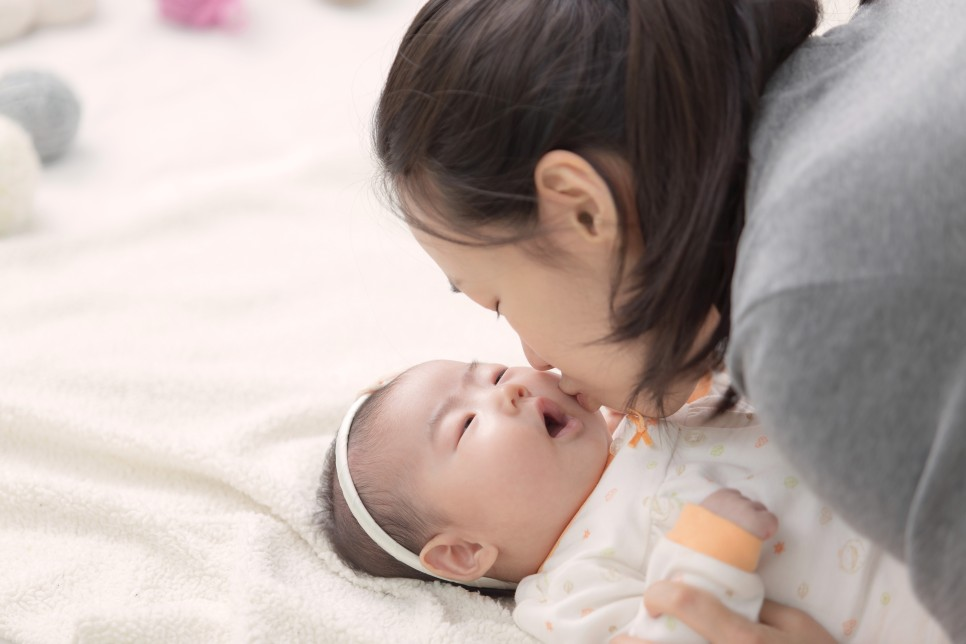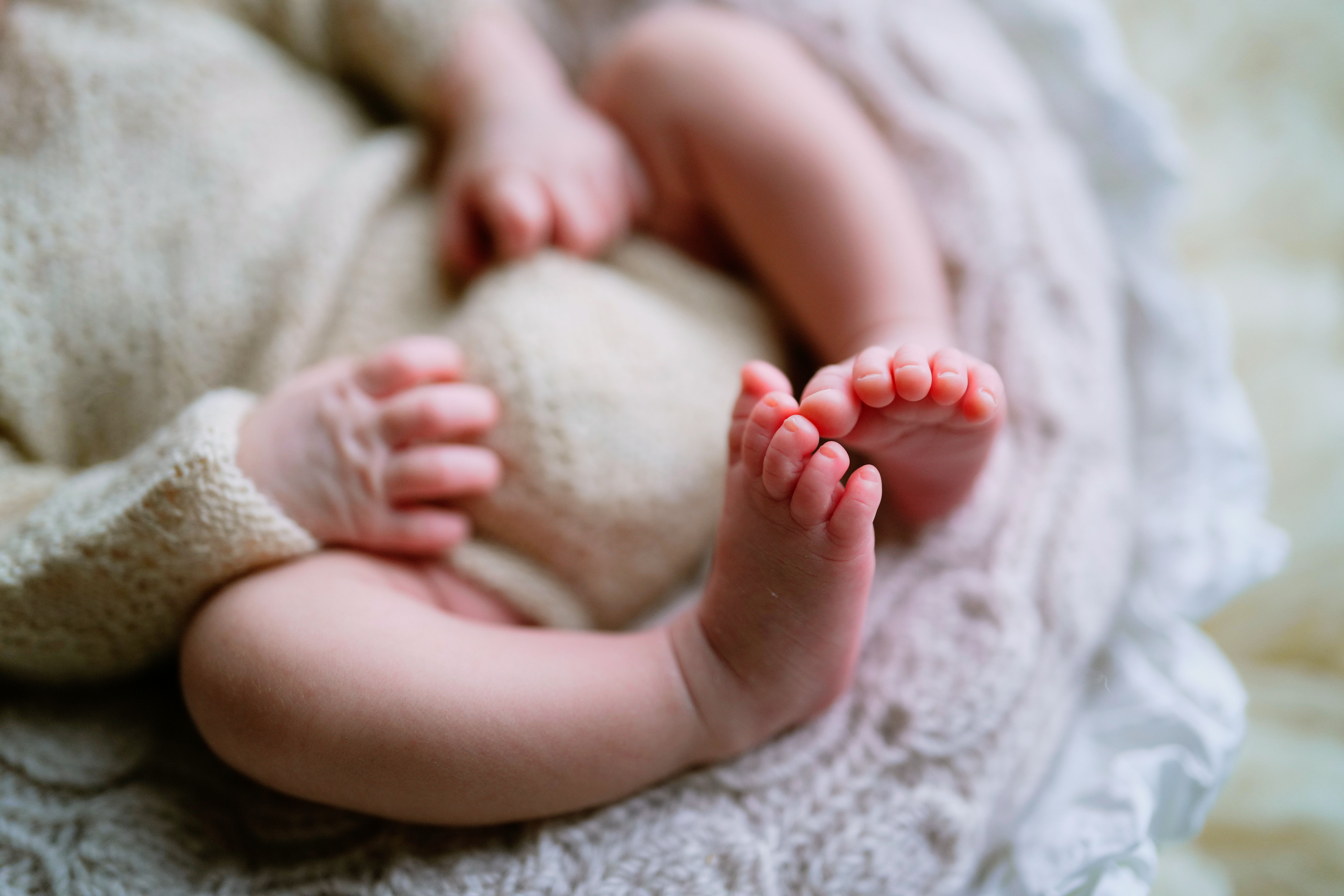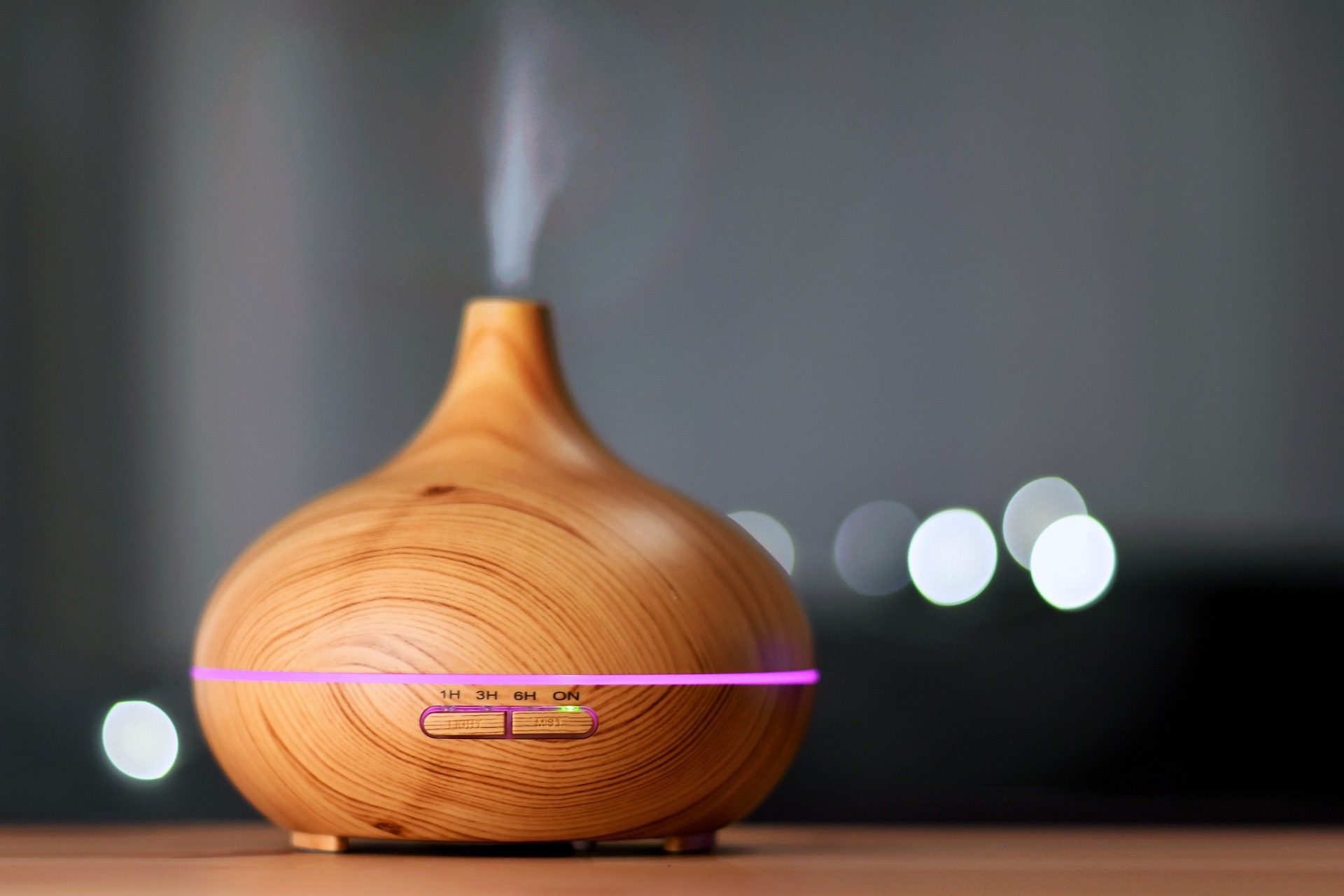The Ideal Temperature and Humidity for Babies: Why Humidity Matters
The Ideal Temperature and Humidity for Babies: Why Humidity Matters
Introduction
Creating the perfect environment for your baby is crucial for their health and comfort. While many parents focus on keeping their baby's room at the right temperature, humidity levels are often overlooked. Maintaining the proper balance of temperature and humidity can help prevent health issues, improve sleep, and support overall well-being. In this blog, we’ll explore the ideal temperature and humidity for babies, why humidity is so important, and tips for achieving and maintaining these conditions.
1. What Is the Ideal Temperature for Babies?
A. Recommended Temperature
- Range: 68°F–72°F (20°C–22°C) is ideal for a baby’s room.
- Why It Matters:
- Prevents overheating, which is a risk factor for Sudden Infant Death Syndrome (SIDS).
- Keeps your baby comfortable during sleep and playtime.
B. Adjusting for Seasons
- Winter:
- Use a heater if needed, but avoid making the room too warm.
- Dress your baby in layers and use a sleep sack instead of blankets.
- Summer:
- Use a fan or air conditioning to maintain a cool, comfortable environment.
2. What Is the Ideal Humidity for Babies?
A. Recommended Humidity Level
- Range: 40%–60% relative humidity is ideal.
- Why It Matters:
- Prevents dryness in the air, which can irritate your baby’s skin, throat, and nasal passages.
- Reduces the risk of respiratory problems by maintaining moisture in the airways.
B. Effects of High and Low Humidity
- Low Humidity (<40%):
- Causes dry skin, chapped lips, and irritated nasal passages.
- Can worsen conditions like eczema or asthma.
- High Humidity (>60%):
- Encourages mold growth and dust mites, which can trigger allergies.
- Makes the environment feel stuffy and uncomfortable.
3. Why Humidity Is Important for Babies
A. Supports Respiratory Health
- Proper humidity prevents dryness in the airways, making it easier for babies to breathe.
- Reduces the risk of respiratory infections by keeping nasal passages moist.
B. Promotes Healthy Skin
- Babies have delicate skin that is prone to dryness. Balanced humidity helps maintain skin hydration and prevent irritation.
C. Improves Sleep Quality
- A comfortable humidity level ensures your baby sleeps better by preventing discomfort caused by dry air or excessive dampness.
D. Reduces Risk of Illness
- Proper humidity minimizes airborne viruses, as many viruses thrive in dry air.
- Balanced moisture levels also prevent the buildup of allergens like mold and dust mites.
4. How to Achieve the Ideal Temperature and Humidity
A. Monitor the Environment
- Use a thermometer and hygrometer to monitor the temperature and humidity in your baby’s room.
B. Use a Humidifier
- Benefits:
- Adds moisture to the air, preventing dryness.
- Useful during winter when indoor heating lowers humidity levels.
- Tips:
- Choose a cool-mist humidifier, as it’s safer for babies than warm-mist models.
- Clean the humidifier regularly to prevent mold and bacteria buildup.
C. Use a Dehumidifier
- If the humidity in your baby’s room exceeds 60%, a dehumidifier can reduce excess moisture and prevent the growth of allergens.
D. Maintain Proper Ventilation
- Open windows or use an air purifier to improve air circulation and keep the environment fresh.
E. Dress Your Baby Appropriately
- Adjust your baby’s clothing based on the room’s temperature. Use lightweight fabrics in warmer conditions and layers in cooler conditions.
5. Signs That the Temperature or Humidity Is Off
A. Signs of Low Humidity
- Dry, flaky skin or eczema flare-ups.
- Cracked lips or a dry nose.
- Frequent coughing or nasal congestion.
B. Signs of High Humidity
- Damp or musty smell in the room.
- Visible mold or mildew.
- Baby appears sweaty or uncomfortable.
C. Signs of Incorrect Temperature
- Overheating: Sweating, flushed skin, or rapid breathing.
- Cold: Cold hands and feet or shivering.
6. Tips for Maintaining the Ideal Environment
- Regular Monitoring:
- Check the room’s temperature and humidity daily using a thermometer and hygrometer.
- Seasonal Adjustments:
- Use heating or cooling devices as needed, and adjust your baby’s clothing accordingly.
- Clean Regularly:
- Clean humidifiers and dehumidifiers to prevent mold and bacteria.
- Dust and vacuum the room to keep it allergen-free.
- Create a Routine:
- Establish a routine for adjusting the environment during different times of the day, such as bedtime and nap time.
7. Conclusion
Maintaining the ideal temperature and humidity in your baby’s room is essential for their comfort, health, and overall well-being. By keeping the temperature between 68°F and 72°F and the humidity between 40% and 60%, you can create a safe and soothing environment for your little one. Don’t forget to monitor these factors regularly and make adjustments as needed to ensure your baby stays happy and healthy.
Call to Action
Do you have tips for maintaining the perfect environment for your baby? Share your thoughts in the comments below! For more parenting advice and baby care tips, follow this blog.





Comments